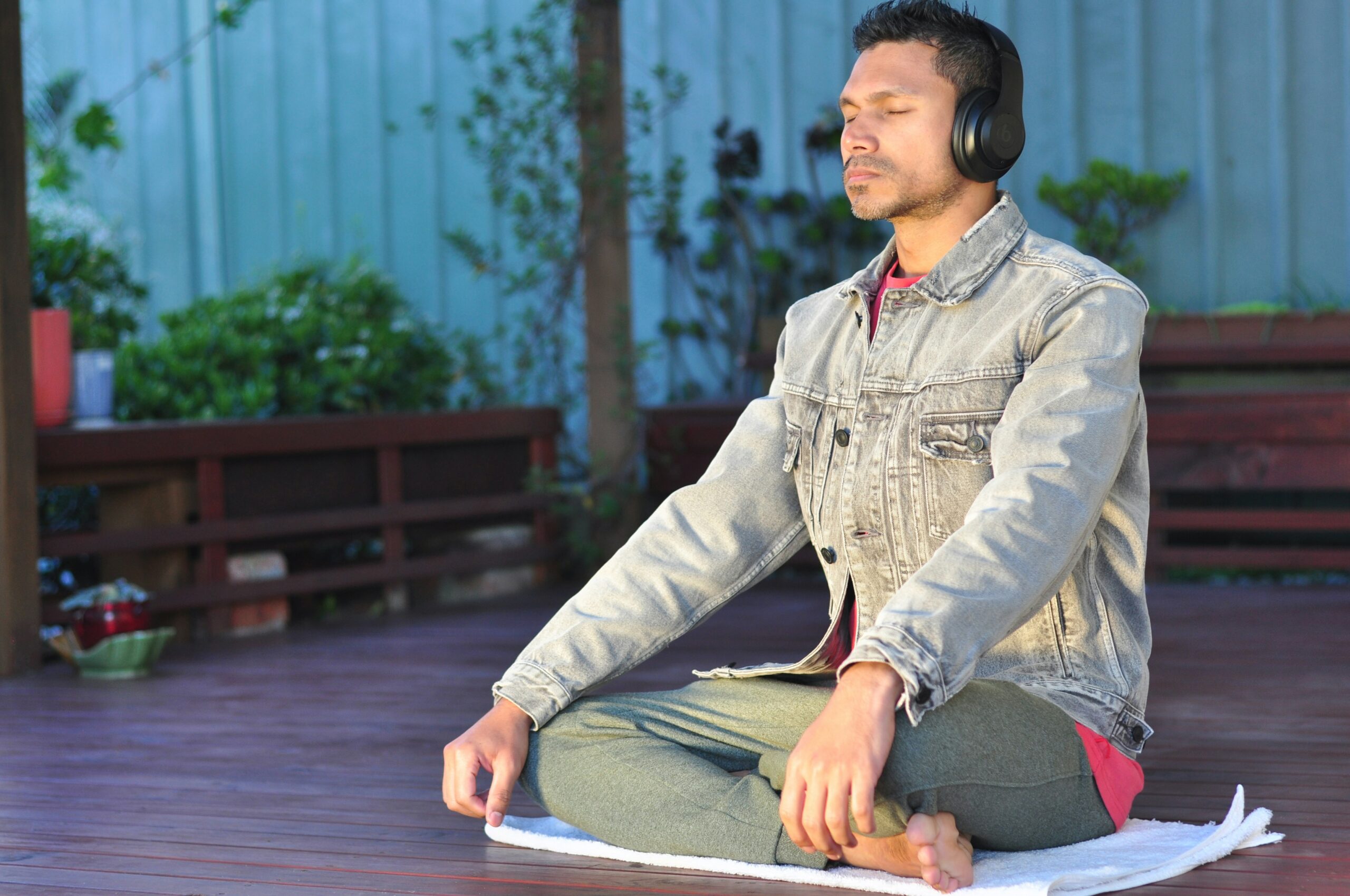Health Breakthrough: 4 Revolutionary Telehealth Innovations Changing Medicine

Introduction
In an era defined by rapid technological advances and changed patient expectations, the landscape of modern health care undergoes a seismic shift. At the center of this revolution is telecommunications health, once a niche convenience that now emerges as a cornerstone of the global health strategy. No longer just a stop gap during the pandemic or a luxury for the technically knowledgeable, telecommunications fitness has developed into a sophisticated, scalable and deeply integrated component of patient care. Today, we stand at the threshold of a new limit in medicine, where distance, time and even physical limitations no longer determine access to high quality health services.
This article examines four groundbreaking telecommunications innovations that not only improve the delivery of care, but also redefine the importance of “health” in the 21st century. From AI-driven diagnostics to immersive virtual reality therapy, these advances democratize access, adapt treatment and eventually save lives.
Table of Contents
1. AI-Driven Remote Diagnostics: The Rise of the Digital Clinician
Artificial intelligence (AI) is not science fiction, it’s a medical truth. One of the most transformative telehealth improvements is the combination of AI into remote diagnostics. Systems powered by means of device studying algorithms can now analyze scientific photographs, interpret EKGs, hit upon diabetic retinopathy from retinal scans, or even expect sepsis hours earlier than scientific signs and symptoms seem all without a health practitioner’s bodily gift.
Take, as an instance, AI structures like IDx-DR, the first FDA-accepted self reliant diagnostic system that detects diabetic retinopathy the usage of retinal photos captured in number one care settings. Patients in rural or underserved groups can acquire instant, correct diagnoses without waiting weeks for a consultant appointment. Similarly, AI-powered stethoscopes and dermatology apps allow frontline medical examiners or even patients themselves to seize high-fidelity records that algorithms then interpret with great accuracy.
This innovation doesn’t update medical doctors, it amplifies their reach. By automating habitual analyses, AI frees clinicians to recognize complex cases and human targeted care. More importantly, it guarantees that critical fitness insights are introduced faster, reducing diagnostic delays that frequently cause worse results. In a world in which early detection can suggest the difference between existence and death, AI-pushed telehealth isn’t simply handy, it’s lifesaving.
2. Remote Patient Monitoring (RPM): Continuous Care Beyond the Clinic Walls
Imagine a heart failure affected person at home whose wearable tool detects subtle modifications in heart fee variability, fluid retention, and oxygen saturation. Before signs and symptoms get worse, their care crew gets an alert and intervenes with medicinal drug changes preventing a pricey, traumatic hospitalization. This isn’t a futuristic fable; it’s the each day reality enabled by means of Remote Patient Monitoring (RPM).
RPM leverages related gadgets, smartwatches, biosensors, blood pressure cuffs, glucose video display units to transmit real time physiological information to healthcare providers. This continuous move of facts transforms episodic care right into a dynamic, ongoing partnership between affected person and provider. Chronic disorder control, which bills for 90% of the U.S. Healthcare spend, is mainly ripe for RPM disruption.
Studies show that RPM reduces sanatorium readmissions by way of up to 50% for situations like COPD and congestive heart failure. For aged patients or people with mobility challenges, RPM eliminates the burden of common clinic visits at the same time as ensuring their fitness remains closely supervised. Moreover, throughout public Telehealth crises such as flu season or destiny pandemics RPM allows clinicians to triage and monitor massive populations correctly from a distance.
The true strength of RPM lies in its proactive nature. Instead of reacting to crises, healthcare turns into predictive and preventive. This shift aligns flawlessly with the broader imaginative and prescient of fitness as a state of sustained nicely being, now not merely the absence of disorder.

3. Virtual Reality (VR) Therapy: Healing the Mind Through Immersive Telehealth
While a whole lot of telehealth focuses on bodily fitness, intellectual fitness has traditionally lagged in digital innovation until now. Enter Virtual Reality (VR) remedy, a telehealth modality that makes use of immersive digital environments to treat conditions starting from PTSD and tension to chronic ache and phobias.
Platforms like Oxford VR and Limbix supply proof-primarily based cognitive behavioral remedy (CBT) through customizable virtual eventualities. A veteran with PTSD may accurately revisit trauma-associated environments below therapist guidance. An affected person with a worry of flying can exercise boarding a virtual airplane from their dwelling room. These studies are not simulations; they’re clinically established healing tools that activate the same neural pathways as actual international publicity.
What makes VR remedy modern is its potential to triumph over conventional limitations to intellectual fitness care: stigma, get admission to, and engagement. Patients often find VR classes less intimidating than face-to-face therapy, leading to higher adherence costs. And because classes can be carried out remotely thru standalone headsets, people in far flung or underserved regions gain admission to to world elegance psychological interventions.
The implications for public health are profound. With almost 1 in 5 adults inside the U.S. Experiencing mental contamination every year and lots of going untreated VR-powered telehealth gives a scalable, compassionate solution. It redefines intellectual fitness now not as a personal conflict however as an essential size of holistic fitness that may be nurtured through the era.

4. Integrated Telehealth Platforms: The Digital Front Door to Whole Person Care
The very last and possibly most systemic innovation is the emergence of unified telehealth platforms that function as the “virtual front door” to comprehensive care. Gone are the times of fragmented video calls and disconnected apps. Today’s leading structures such as fitness, Amwell, and newer entrants like Carbon Health provide seamless ecosystems that combine video consultations, asynchronous messaging, electronic fitness information (EHRs), pharmacy offerings, mental health assist, or even at-home lab testing.
These structures prioritize interoperability and user enjoyment, ensuring that whether or not an affected person needs a dermatologist to seek advice from, a prescription fill up, or nutritional counseling, everything happens inside a single, steady interface. For providers, this means a 360-degree view of the affected person’s fitness journey. For patients, it is a method of convenience, continuity, and control.
Critically, those structures are increasingly designed with fitness equity in mind.Features like multilingual support, low-bandwidth optimization, and SMS-primarily based appointment reminders help bridge the virtual divide.Some even associate with network companies to distribute tablets or offer tech literacy training to aged or low-profits users.
By centralizing care, those platforms foster a model of fitness that is proactive, coordinated, and affected person-centered.They remodel telehealth from a chain of isolated transactions right into a sustained dating a real partnership in fitness.
The Future of fitness Is Connected, Equitable, and Human-Centered
These four innovations, AI diagnostics,remote monitoring, VR therapy and integrated platforms do not occur in isolation.Together, they create a new paradigm: a health ecosystem that is precursively rather than reactive, inclusive rather than exclusive and deeply personal.
Of course, challenges remain. Regulatory frameworks must be developed. Data privacy must be protected. And we must make sure that the digital revolution does not leave vulnerable populations. But the speed is undeniable. According to the American Medical Association, more than 85% of doctors now use a form of telecommunications health, and the patient satisfaction rate exceeds 90%.
More importantly, these technologies restore the agency of patients. Health is no longer something that happens to you in a sterile clinic, it is something you actively co-CREATE every day, wherever you are.
When we look ahead, the promise is not about telecommunications fitness, just about better technology. It’s about better humanity. It’s about ensuring that a farmer in Iowa, a single mother in Atlanta and a pensioner in rural Maine everyone has equal access to the highest care standard. It is about making the vision of health as a universal right to a lived reality.
Finally, the biggest success Telehealth offers no faster diagnoses or virtual appointments there is hope.Hopefully, no one is too far away, too busy or too neglected to get the care they deserve.And in a world hungry for connection and compassion, this can be the most revolutionary innovation of all.
Q: Is telehealth as effective as in person care?
A: For many conditions especially chronic disease management, mental health, and follow-up visits telehealth is just as effective as in-person care. It also improves access and convenience, leading to better adherence and outcomes.
Q: Are my fitness data and virtual visits secure?
A: Reputable telehealth platforms use HIPAA-compliant encryption and secure cloud storage to protect your privacy. Always verify that your provider follows strict data security standards.
Q: Can telehealth handle emergencies?
A: No, telehealth is not for medical emergencies. In urgent situations like chest pain, severe injury, or difficulty breathing, call emergency services immediately. Telehealth excels in preventive, routine, and ongoing care, not acute crises.









